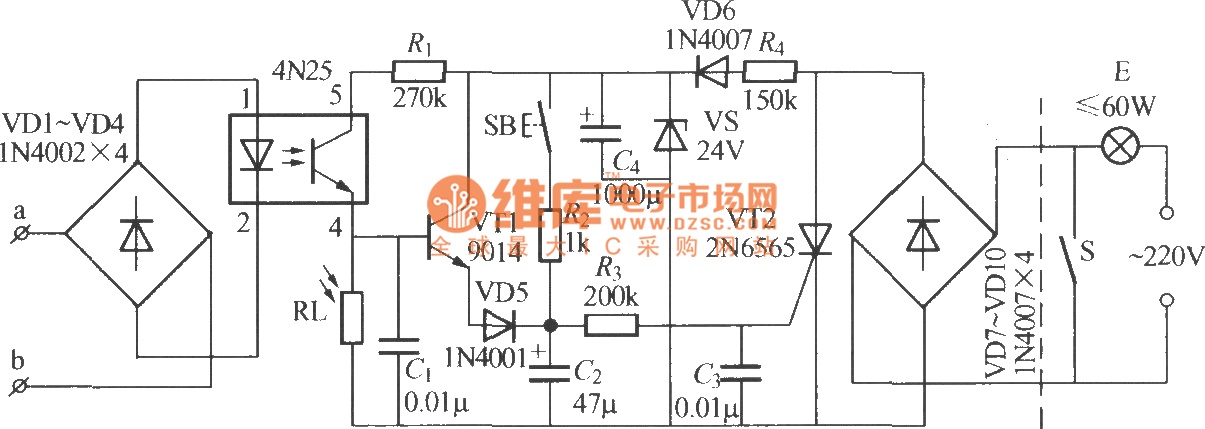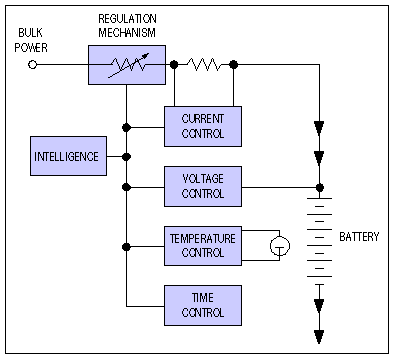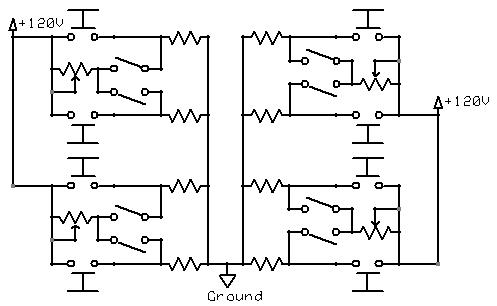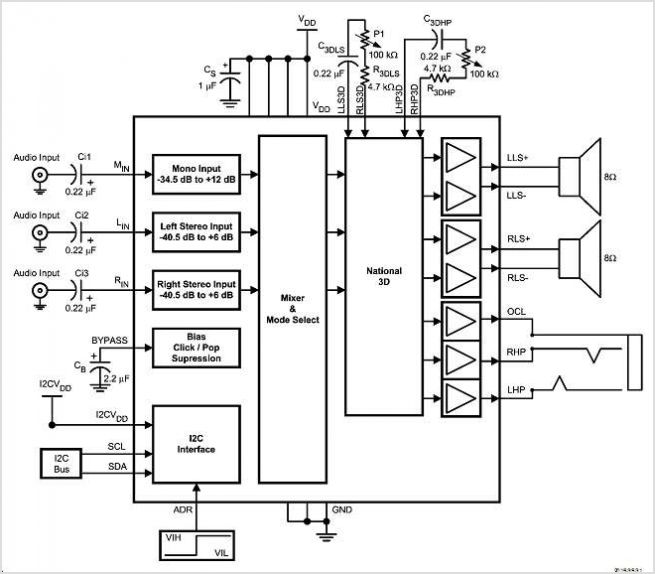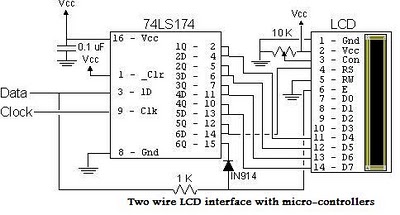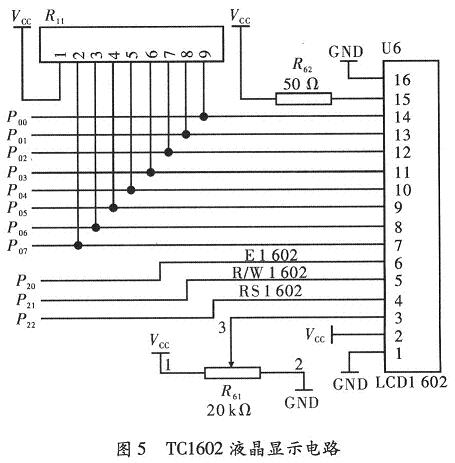
LX-800 LIGHTING SYSTEM
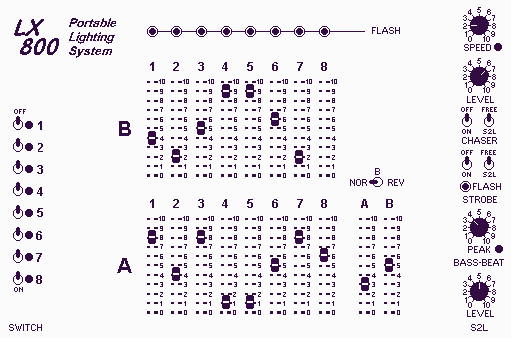
There is, and always has been, a marked lack of good, inexpensive lighting controllers for small theatre groups or musicians. The LX-800 Lighting System was designed with these applications in mind. More: As I said, this is an ambitious project, and as such has a fair amount of circuit complexity. The easiest way to present the whole thing is to describe it the way I designed it - piece by piece - and then show you how the whole thing goes together.
The LX-800 Lighting System is a versatile and cost-effective solution tailored for small theatre groups and musicians, addressing the need for reliable lighting control. The system is designed to manage multiple lighting fixtures, allowing users to create dynamic lighting effects suitable for various performances.
The core of the LX-800 system typically includes a microcontroller unit (MCU) that serves as the central processing unit. This MCU is responsible for interpreting user inputs, controlling the lighting channels, and executing programmed lighting sequences. The user interface may consist of a series of buttons and a display, enabling users to select different lighting presets or create custom scenes.
The circuit design incorporates a series of driver circuits that interface with the lighting fixtures. These drivers can be based on solid-state relays (SSRs) or transistor switches, capable of handling the required load for incandescent, LED, or other types of lighting. To ensure smooth operation, the design may include dimming capabilities, allowing for gradual changes in light intensity.
Power management is a critical aspect of the LX-800 system. The power supply circuit must provide stable voltage levels to both the MCU and the lighting drivers. This may involve using linear regulators or switch-mode power supplies, depending on the power requirements of the system and the efficiency needed.
Communication protocols may also be integrated into the design, enabling the LX-800 to interface with other lighting control systems or to be remotely controlled via DMX512 or similar standards. This enhances the flexibility of the system, allowing it to be integrated into larger setups when necessary.
Overall, the LX-800 Lighting System represents a comprehensive approach to lighting control for small-scale applications, combining user-friendly operation with robust performance features. The modular design facilitates easy troubleshooting and upgrades, making it a practical choice for its intended audience.There is, and always has been, a marked lack of good, inexpensive lighting controllers for small theatre groups or musicians. The LX-800 Lighting System was designed with these applications in mind. As I said, this is an ambitious project, and as such has a fair amount of circuit complexity. The easiest way to present the whole thing is to describe it the way I designed it - piece by piece - and then show you how the whole thing goes together. Bef 🔗 External reference
The LX-800 Lighting System is a versatile and cost-effective solution tailored for small theatre groups and musicians, addressing the need for reliable lighting control. The system is designed to manage multiple lighting fixtures, allowing users to create dynamic lighting effects suitable for various performances.
The core of the LX-800 system typically includes a microcontroller unit (MCU) that serves as the central processing unit. This MCU is responsible for interpreting user inputs, controlling the lighting channels, and executing programmed lighting sequences. The user interface may consist of a series of buttons and a display, enabling users to select different lighting presets or create custom scenes.
The circuit design incorporates a series of driver circuits that interface with the lighting fixtures. These drivers can be based on solid-state relays (SSRs) or transistor switches, capable of handling the required load for incandescent, LED, or other types of lighting. To ensure smooth operation, the design may include dimming capabilities, allowing for gradual changes in light intensity.
Power management is a critical aspect of the LX-800 system. The power supply circuit must provide stable voltage levels to both the MCU and the lighting drivers. This may involve using linear regulators or switch-mode power supplies, depending on the power requirements of the system and the efficiency needed.
Communication protocols may also be integrated into the design, enabling the LX-800 to interface with other lighting control systems or to be remotely controlled via DMX512 or similar standards. This enhances the flexibility of the system, allowing it to be integrated into larger setups when necessary.
Overall, the LX-800 Lighting System represents a comprehensive approach to lighting control for small-scale applications, combining user-friendly operation with robust performance features. The modular design facilitates easy troubleshooting and upgrades, making it a practical choice for its intended audience.There is, and always has been, a marked lack of good, inexpensive lighting controllers for small theatre groups or musicians. The LX-800 Lighting System was designed with these applications in mind. As I said, this is an ambitious project, and as such has a fair amount of circuit complexity. The easiest way to present the whole thing is to describe it the way I designed it - piece by piece - and then show you how the whole thing goes together. Bef 🔗 External reference
